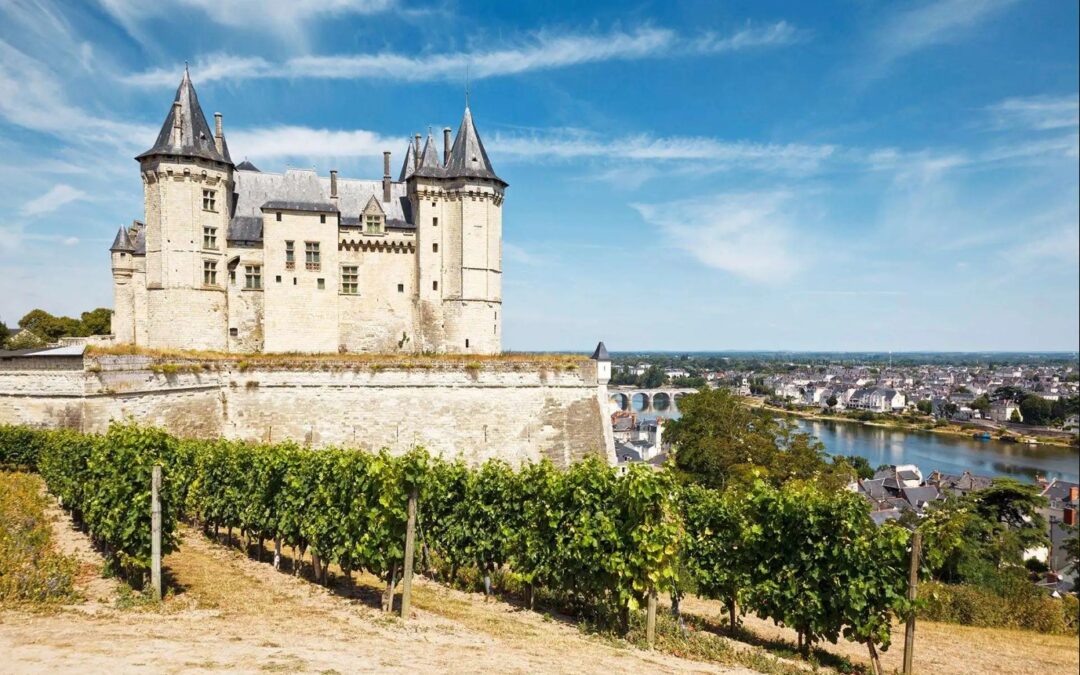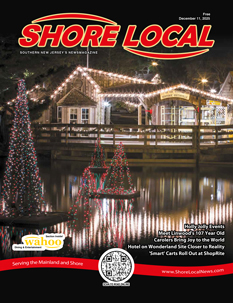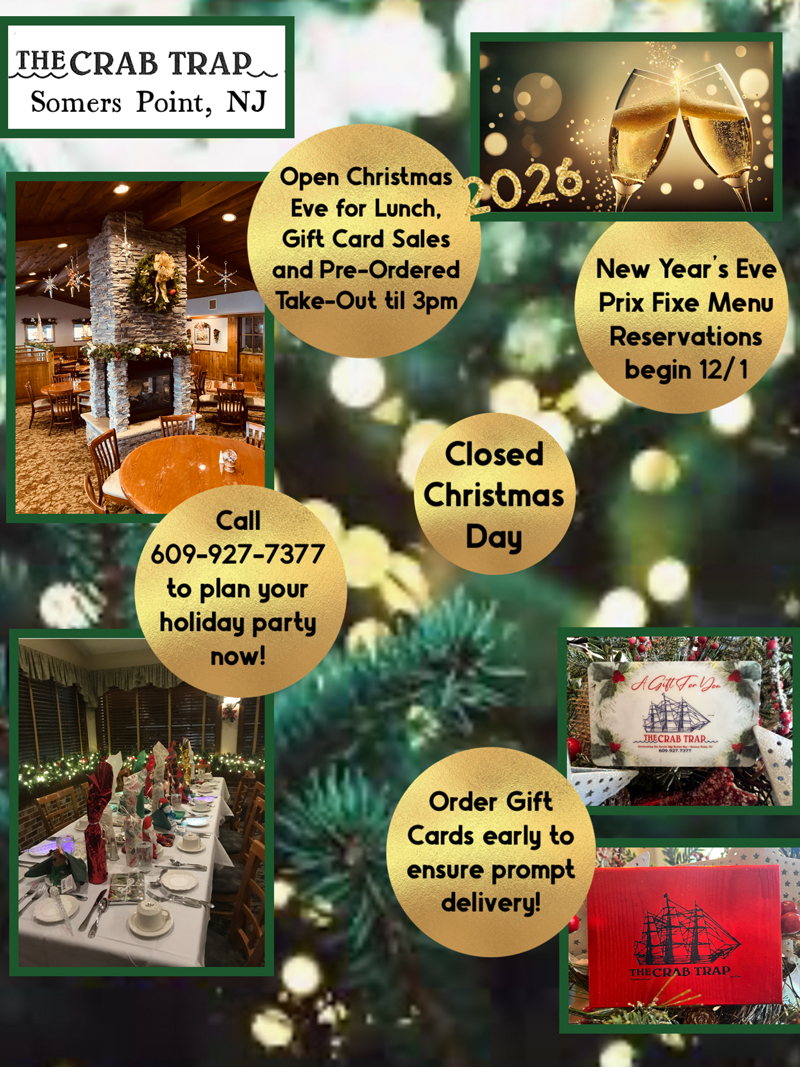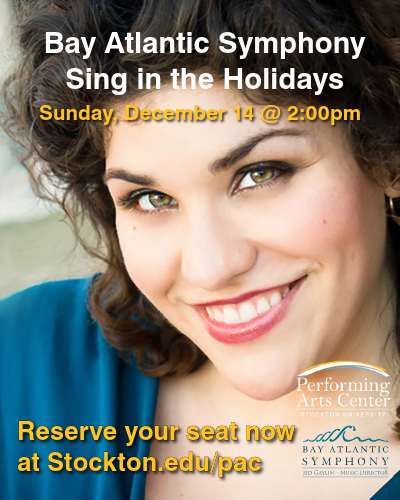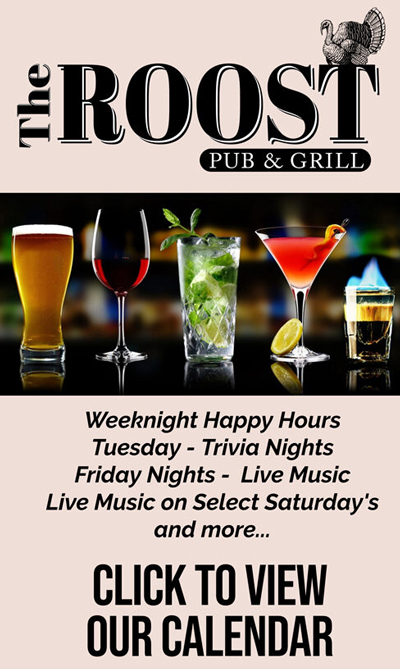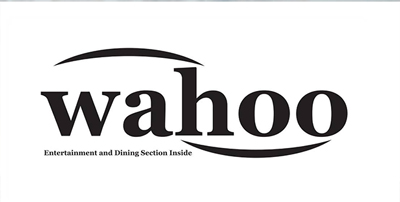Drink Up!
By David Setley
The Loire Valley is known for its many chateaus, orchards, gardens and vineyards. This wine region is arguably the most diverse in all of France. This week and next, I will discuss some of the most recognized appellations and wines of the Loire Valley, as well as some of the less-recognized wines you may be interested in exploring. Pour a glass for a tour of the mid-Loire appellations of Touraine-Amboise, Chinon and Vouvray.
The Loire River is the longest river in France at 634 miles, starting near Ardeche in the mountains of central France, traveling north and west to Nantes, before emptying into the Atlantic Ocean. The fertile soils of this region have been farmed for more than 6,000 years, earning the Loire Valley the title of the “Garden of France.” Vineyards were introduced during the Roman Empire. After their fall, the Huns had a short stint of rule until King Clovis I, the first king of France, reconquered the region in the year 506. Christianity returned, and, thanks to local bishops St. Gatian and St. Martin of Tours, vineyards flourished. Today, we benefit from their work through the wonderful and diverse wines that we enjoy from the Loire Valley.
When my wife and I visited France this year and last, our home base in the Loire Valley was a small apartment in the town of Amboise. The ancient name of this town was Ambacia, meaning “between two waters” because the town is located at a point where the river splits into two around the Île d’Or (the Golden Island). Our apartment was literally at the base of the battlement walls of the Château Royal d’Amboise, the most recognized monument in town. This is one of the more than 300 chateaus in the mid-Loire Valley and was designated as a Chateau Royal because it was the residence of multiple kings, including Charles VII and Francois I. The chapel of the Chateau d’Amboise is where the remains of Leonardo Da Vinci rest. Da Vinci was commissioned by Francois I to come to Amboise in the final years of his life.
We visited numerous other famous chateaus of the Loire Valley, including Chateau du Clos Lucé, the final home of Leonardo Da Vinci, Chateau de Chenonceau, the so-called ladies’ chateau, and Chateau de Chambord, a large chateau in an enormous enclosed park that could fit all of Paris within its walls. We also discovered the Chateau Gaillard, a relatively small but beautifully restored Italian Renaissance-style residence where orange and lemon trees were first imported to France. On a return trip this year, we also visited the Chateau de Villandry, known for its stunning gardens, and Chateau d’Azay-le-Rideau, known for its early French Renaissance architecture.
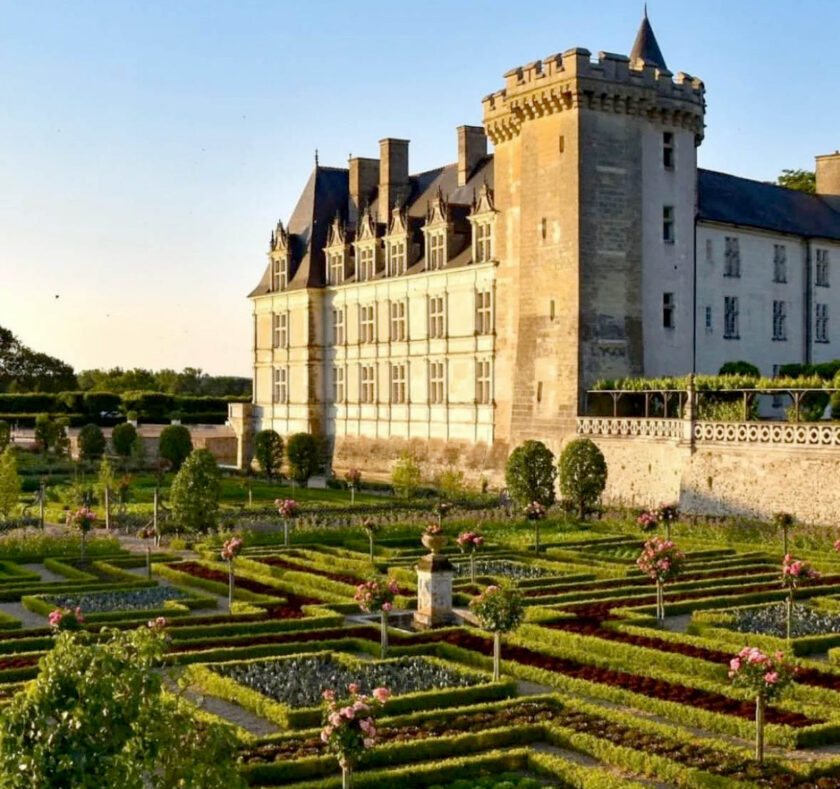
The appellation of the Loire Valley in and around Amboise is AOC Touraine. At least 60% of the wine produced is red and is made from Cabernet Franc, Gamay, and Malbec grapes. You may know Gamay as the grape of Beaujolais. To experience the Loire Valley’s expression of this great summertime red wine, try the Chidaine Touraine Gamay. The fruit for this wine is grown in Chidaine’s estate and is biodynamically farmed. Childaine uses only indigenous yeast and completes fermentation and aging in stainless steel vats to preserve the wonderful dark berry fruit aroma and flavor, as well as the minerality from the underlying bedrock limestone that the region is famous for. This is a very food-friendly wine and is chillable for summer enjoyment.
Just beyond the Touraine-Amboise is Vouvray, the Loire Valley’s Chenin Blanc region. The terroir of this region is unique, as it is located on a plateau high above the river. This provides the region with a relatively warm maritime influence with breezes moving through the valley from the Atlantic Ocean. Additionally, the limestone just under the clay soil, called tuffeau, creates the perfect combination of drainage and water retention that protects the vines from both drought and floods.
Vouvray’s Chenin Blanc white wines are incredibly food-friendly and pair perfectly with seafood, poultry, or pork. They are light- to medium-bodied with high acidity and tasting notes of pear, honeysuckle, ginger, and green apple. My favorite is the Vigneau-Chevreau Cuvée Silex. Silex is the type of soil present at the vineyard and is rich in flint, which results in outstanding minerality in the wine. Brothers Christophe and Stephane Vigneau also produce a dry sparkling wine from Chenin Blanc. The Vigneau-Chevreau Vouvray Brut is a wonderful sparkling example of this wine region. The wine is very dry and features the fruit flavors of apple and white peach with the addition of brioche and almonds. You may also be interested in knowing that the wines at Vigneau-Chevreau are organic and biodynamically farmed.
Not far from Vouvray is the region of Chinon. Chinon also produces Chenin Blanc, an excellent example of which is the Domaine Fabrice Gasnier Le Clos La Cure Chinon Blanc. However, Chinon’s claim to fame is its outstanding red grape, Cabernet Franc. Domaine Fabrice Gasnier produces a terrific wine in this varietal: the Gasnier Vielles Vignes Chinon. Vielles Vignes means old vines; the vines used in making this wine are an average of 50 years of age. The older the vines, the lower the output, but the higher the quality. This wine proves that adage true! It has rich dark fruit flavors and the earthy notes that make Chinon Cabernet Franc famous. If you haven’t tried a Chinon before, these wines are reasonably priced and perfect for summer.
Next week, I’ll share more from our Loire adventures with a discussion on Sancerre, Pouilly-Fume, and Muscadet. As always, contact me with any questions at dsetley@passionvines.com, or stop into the store. Until next time, “Santé” and happy wining!
David Setley is enjoying his retirement from higher education as a wine educator and certified sommelier at Passion Vines in Somers Point, New Jersey.

